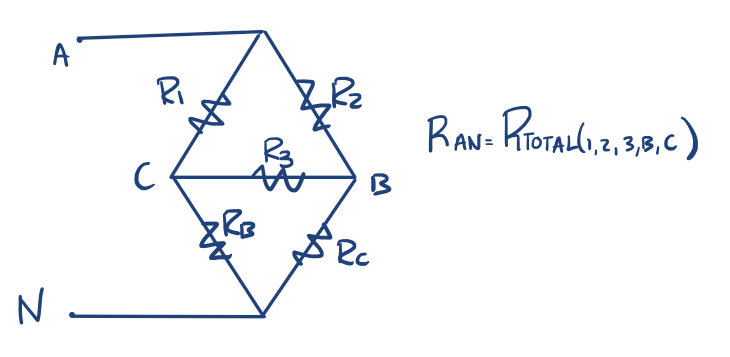This post is regarding exersise 4-8 from the following book: Hughes Electrical And Electronics Technology 10th Ed.
Here it is:
Let's focus on what I tried for solving part (b) :
Since this is an exercise under the chapter for delta-star transformations my first thought was to try and perform some such transformation. However this was a combination of both star and delta connections so I didnt really know whether the resulting resistances would be in series / parallel or neither, with the already existing ones, so I tried both series and parallel:

However neither worked.
My next thought was that maybe I have understood something very badly about the resulting resistance of two points in a circuit. So after a little bit of digging I tried the following:

However I again got a wrong result in regards to the given answers at the end of the book.
Conclusion:
- Which approach (if any) was correct?
- If no approach was correct, which concept do I need to understand better?
Any help/hint is very much appreciated





